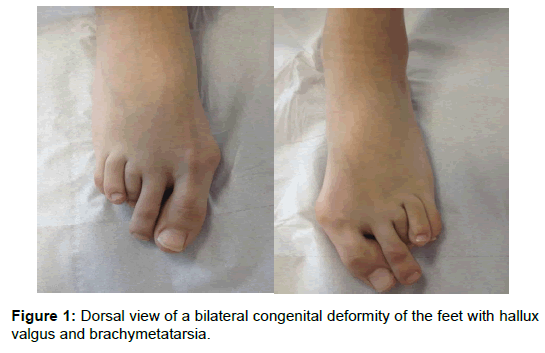Deformity Correction Surgery
Deformity correction of the lower extremity can be an extremely intimidating pathology to manage for the foot and ankle surgeon. Traditionally thought of in terms of limb length deformity or deformity to the tibia, the principals of deformity management can be applied to not only long bone deformity but also the diabetic foot, adult arthritis, and beyond. The goal of this roundtable discussion is to bring 3 experts in deformity management together to help the community foot and ankle surgeon gain insight to the thought process of surgeons dealing with the most complex deformity of the lower extremity. From preoperative management to surgical advances, this roundtable hopes to encourage foot and ankle surgeons to consider expanding their knowledge base in deformity management to better serve their community.
Foot and ankle surgery is hard and challenging. How does deformity management of the lower limb differ from that of the rest of the body?
Herzenberg: For reasons that are unclear, I have found that the pain level for complex deformity correction using external fixation is greater in the foot than the tibia or femur. I have often done prophylactic tarsal tunnel releases to try to prevent this phenomena, but with mixed results. Regional anesthesia with indwelling nerve catheters are a promising adjunct to Ilizarov reconstructive surgery in the foot and ankle.
Laporta: On one hand it does not. The deformity analysis method is the same as are the fixation principles, internal or external. On the other hand, most complex deformities of the foot, ankle, and leg are multilevel. The surgeon must always appreciate that the foot is at right angles to the leg and is composed of multiple hindfoot, midfoot, and forefoot joints, which must be aligned. Correction of these deformities often requires a combination of acute and gradual correction, frequently at multiple levels. If external fixation alone is used, the constructs are frequently more complex and must be sufficiently rigid to not only allow for correction the deformity but also permit axial loading or weight bearing.
Siddiqui: Deformity management in many instances is a result of malalignment due to posttraumatic, congenital, prior surgery-related concerns, unlike an acute injury setting where an injury occurs and is addressed to near anatomical correction.
Deformity surgeons have the benefit of deconstructing the cause of malalignment and addressing the individual soft tissue and bony concerns in the lower extremity from the hip to the knee. Instead of focusing only on the obvious deformity, deformity surgeons look at compensatory mechanisms of the body that may need to be addressed when the index deformity is corrected. Extremity surgical biomechanics becomes significantly important, to prevent additional or secondary deformity once the primary deformity is corrected.

